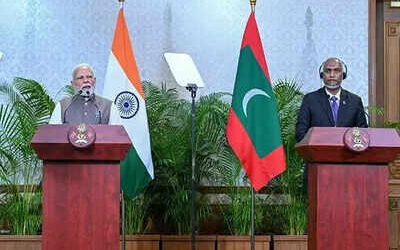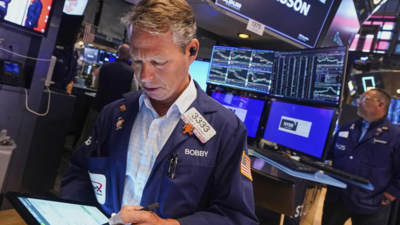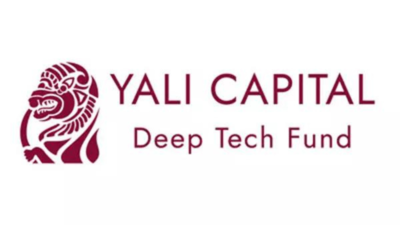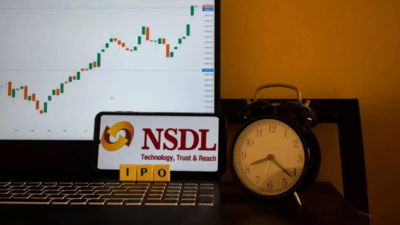US-Japan deal brings tariff clarity: 15% cap averts August duties; EU and China face pressure as next deadlines loom
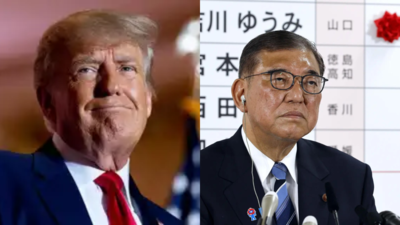
A landmark trade deal between the US and Japan has set a new benchmark for global tariff negotiations, as economists say the 15% cap agreed for auto and goods tariffs could become the new normal in ongoing trade talks with other key US partners.Under the agreement, tariffs on Japanese auto imports to the US will drop from 27.5% to 15%, while levies on other goods that were set to rise to 25% from August 1 will also be cut to 15%, Reuters reported. The deal, which includes investment and lending commitments, is one of the most significant trade pacts signed by US President Donald Trump, who has imposed a series of steep tariffs on dozens of trading partners this yearThe deal relieves markets and raises pressure on other major economies, including the European Union and China, both of which face looming August deadlines to conclude similar agreements or risk the reimposition of punitive tariffs.“Average tariffs for the US were around 2.5% for 2024; currently, they stand around 17%,” said Mohit Kumar of Jefferies, referencing the spike in duties following Trump’s “Liberation Day” trade policy shift in April.“Our base case remains that when the dust settles, we could see average tariffs around 15%, though recent deals suggest that this number could be slightly higher,” Kumar was quoted as saying by Reuters. “While a negative from a macro point of view, the world can live with 15% or so tariffs.”Markets cheer clarity, automakers lead gainsRelieved by the clarity brought by the US-Japan pact, Japan’s Nikkei 225 index rose 3.5%, while European automakers with major US exposure also rallied. Volvo Car surged over 10%, while Porsche, BMW, Mercedes-Benz and Volkswagen gained between 4% and 7%.“It looks like the benchmark for major economies is going to be 10–15%, and a somewhat higher level for smaller economies,” said Derek Halpenny, head of research at MUFG in London.Deutsche Bank’s Jim Reid noted the move “helped to ease investor fears that tariffs are about to snap back higher on August 1,” but cautioned that significant threats remain. “The threat of much higher tariffs still remains for several large economies, including the 30% on the EU, 35% on Canada and 50% on Brazil,” he said, quoted Reuters.EU and China next in lineThe European Union, which negotiates on behalf of its 27 member states, faces the threat of 30% US tariffs by August 1. While EU negotiators initially aimed for a 10% rate, expectations have now shifted toward a higher outcome.China, too, is on the clock. Without a deal by August 12, tariffs could snap back to 145% on the US side and 125% on the Chinese side—raising the stakes dramatically for both economies.“The US-Japan deal will put more pressure on other major Asia exporters to secure better deals,” ING noted in a research comment. “We’ve already seen trade deals with the Philippines and Indonesia. Before August 1, there should be more deals struck with Asian exporters.”The deal also helped ease longer-term US inflation expectations, suggesting that successful trade pacts could help the Federal Reserve regain room to cut interest rates later this year.
